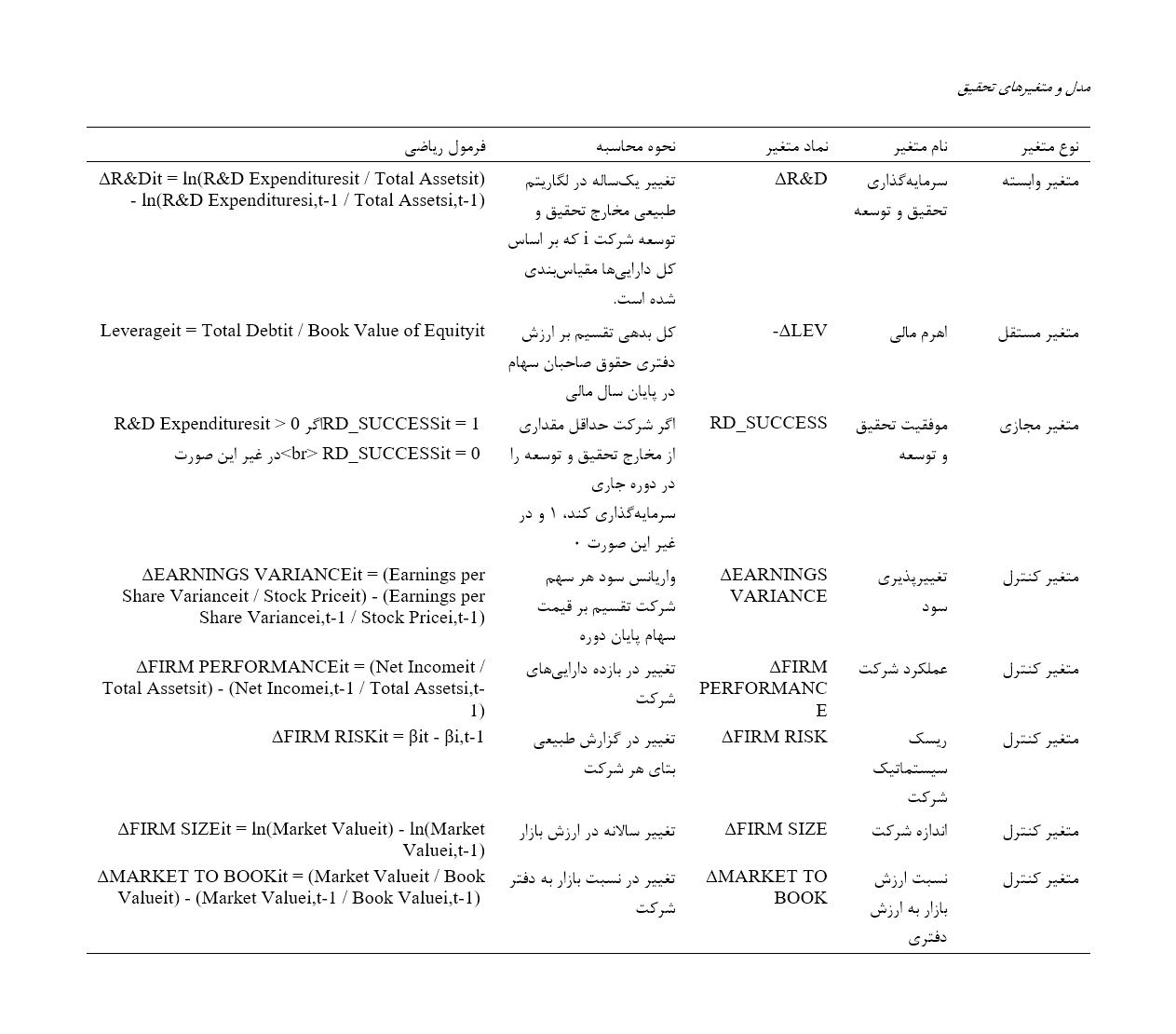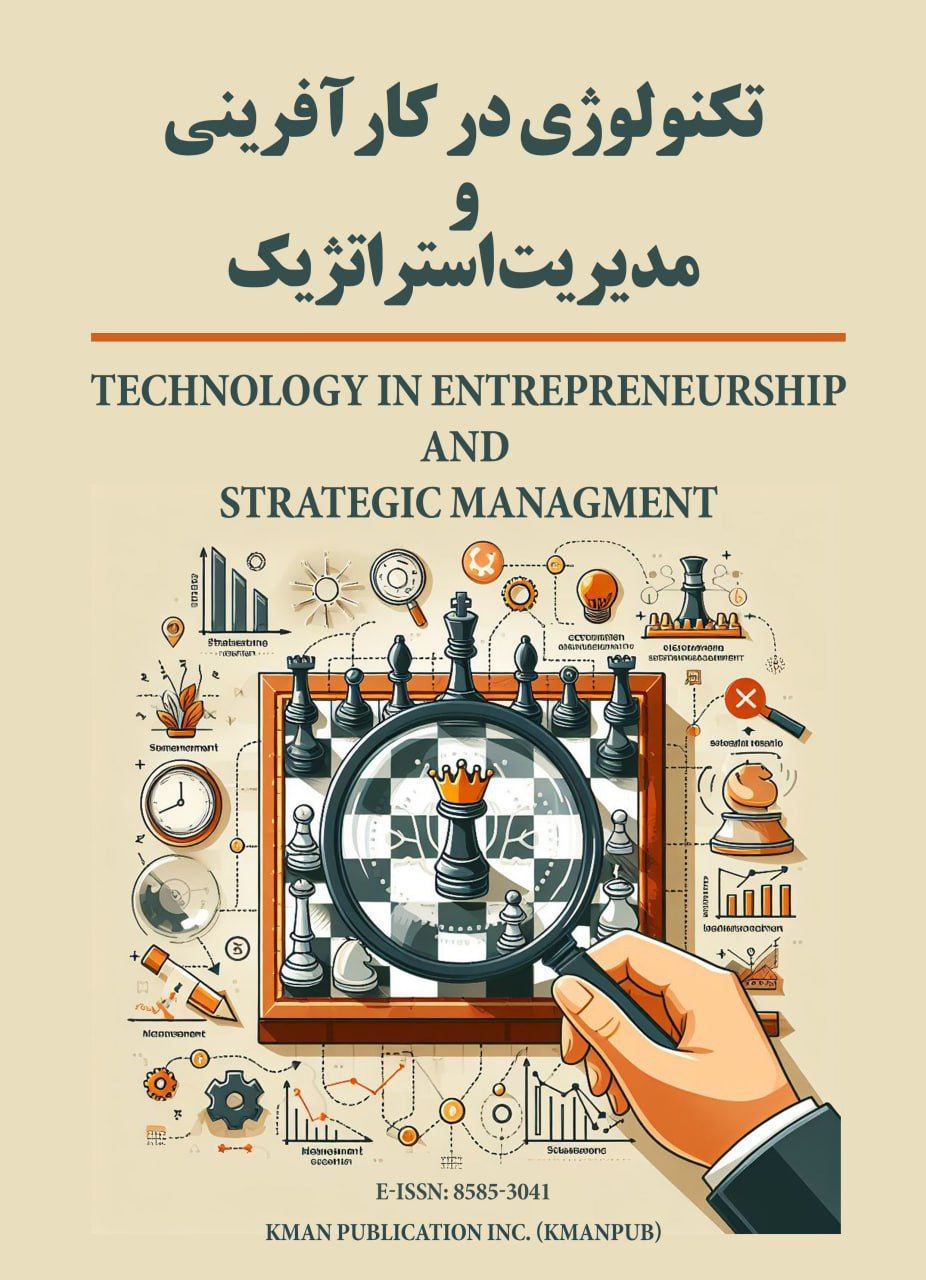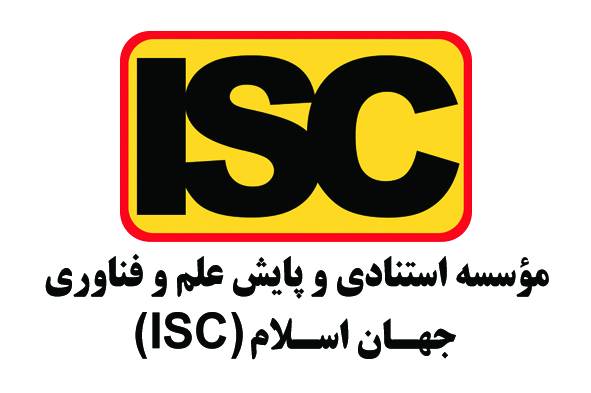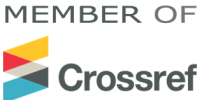سنجش موفقیت نوآوری بر پیش بینی سرمایه گذاری تحقیق و توسعه با استفاده از اهرم مالی
کلمات کلیدی:
موفقیت در نوآوری تحقیق و توسعه, سرمایه گذاری تحقیق و توسعه, اهرم مالی, موفقیت تحقیق و توسعهچکیده
هدف پژوهش حاضر بررسی تأثیر موفقیت نوآوری تحقیق و توسعه بر رابطه بین سرمایه گذاری تحقیق و توسعه و اهرم مالی میباشد. این پژوهش از نظر ماهیت و روش توصیفی و از نظر هدف یک پژوهش کاربردی بوده و از آنجایی که در پژوهش حاضر وضعیت موجود متغیرها با استفاده از جمع آوری اطلاعات از طریق اطلاعات گذشته مورد تجزیه و تحلیل قرار گرفته است. در ردیف مطالعات توصیفی و از نوع پس رویدادی گنجانده میشود. در مسیر انجام این پژوهش دو فرضیه تدوین و ۱۱۵ شرکت از طریق نمونه گیری به روش حذف سیستماتیک برای دوره زمانی ۶ ساله بین 1396 تا 1401 انتخاب شده و دادههای مربوط به متغیرهای پژوهش بعد از گردآوری در نرم افزار اکسل با استفاده از نرم افزار آماری ایویوز نسخه ۱۰ مورد تجزیه و تحلیل قرار گرفتند. نتایج همبستگی نشان میدهد که اهرم مالی با سرمایهگذاری در تحقیق و توسعه رابطه منفی و با نسبت ارزش بازار به ارزش دفتری رابطه مثبت دارد، موفقیت در تحقیق و توسعه با سرمایهگذاری در آن رابطه مثبت داشته و واریانس سود و اندازه شرکت با عملکرد شرکت همبستگی مثبت نشان میدهند. همچنین نتایج تحلیل رگرسیون نشان داد، اهرم مالی به تنهایی اثر منفی معناداری بر سرمایهگذاری در تحقیق و توسعه دارد. موفقیت در تحقیق و توسعه به تنهایی اثر منفی ولی غیرمعناداری بر سرمایهگذاری در تحقیق و توسعه دارد. اثر تعاملی اهرم مالی و موفقیت در تحقیق و توسعه مثبت و معنادار است. یعنی وقتی شرکتها موفقیت در تحقیق و توسعه داشته باشند، اثر منفی اهرم مالی بر سرمایهگذاری کاهش مییابد. سایر متغیرهای کنترلی از جمله اندازه شرکت، ریسک شرکت، عملکرد شرکت و... اثر معناداری بر سرمایهگذاری در تحقیق و توسعه ندارند. در مجموع مدل رگرسیون از لحاظ آماری معنادار است. به طور کلی نتایج نشان میدهد که موفقیت در فعالیتهای تحقیق و توسعه میتواند تا حدودی اثر منفی اهرم مالی بر سرمایهگذاری در تحقیق و توسعه را خنثی کند. به طور کلی، نتایج حاکی از آن است که اهرم مالی به تنهایی اثر منفی بر سرمایهگذاری در تحقیق و توسعه دارد، اما هنگامی که شرکت موفقیت در تحقیق و توسعه داشته باشد، اثر منفی اهرم مالی کاهش مییابد.
دانلودها
مراجع
Ahmed, A. A. A. (2024). The Rise of DeFi: Transforming Traditional Finance With Blockchain Innovation. https://doi.org/10.20944/preprints202402.0738.v1
Bai, H., Huang, L., & Wang, Z. (2024). Supply chain financing, digital financial inclusion and enterprise innovation: Evidence from China. International Review of Financial Analysis, 91, 103044. https://doi.org/10.1016/j.irfa.2023.103044
Barak, M., & Sharma, R. K. (2024). Does intellectual capital impact the financial performance of Indian public sector banks? An empirical analysis using GMM. Humanities and Social Sciences Communications, 11(1), 208. https://doi.org/10.1057/s41599-024-02702-5
Cathcart, L., Dufour, A., Rossi, L., & Varotto, S. (2024). Corporate Bankruptcy and Banking Deregulation: The Effect of Financial Leverage. Journal of Banking and Finance. https://doi.org/10.1016/j.jbankfin.2024.107219
Cheng, J. C., Lu, C. C., & Kuo, N. T. (2016). R&D capitalization and audit fees: Evidence from China. Advances in Accounting, 35, 39-48. https://doi.org/10.1016/j.adiac.2016.05.003
Dargenidou, C., Jackson, R. H. G., Tsalavoutas, I., & Tsoligkas, F. (2021). Capitalisation of R&D and the informativeness of stock prices: Pre- and post-IFRS evidence. British Accounting Review, 53, 100998. https://doi.org/10.1016/j.bar.2021.100998
Goel, R. K., & Nelson, M. A. (2022). Employment effects of R&D and process innovation: Evidence from small and medium-sized firms in emerging markets. Eurasian Business Review, 12, 97-123. https://doi.org/10.1007/s40821-022-00203-6
Gong, Y., Zhang, T., Dong, P., Chen, X., & Shi, Y. (2024). Innovation adoption of blockchain technology in supply chain finance. Production Planning & Control, 35(9), 992-1008. https://doi.org/10.1080/09537287.2022.2155564
Griffin, P. A., Hong, H. A., & Ryou, J. W. (2022). Proprietary costs: Why do R&D-active firms choose single-lender financing? Accounting review. https://doi.org/10.2308/tar-2018-0158
Moncada-Paternò-Castello, P. (2022). Top R&D investors, structural change and the R&D growth performance of young and old firms. Eurasian Business Review, 12, 1-33. https://doi.org/10.1007/s40821-022-00206-3
O'Connell, V., AbuGhazaleh, N., & Kintou, A. (2018). The impact of R&D programme success on the decision to capitalise development expenditures in European firms. Technology Analysis & Strategic Management, 30, 15-30. https://doi.org/10.1080/09537325.2016.1278139
O'Connell, V., AbuGhazaleh, N., Tahat, Y., & Whelan, G. (2022). The Impact of R&D Innovation Success on the Relationship between R&D Investment and Financial Leverage. Journal of Open Innovation: Technology, Market, and Complexity, 8(3), 129. https://doi.org/10.3390/joitmc8030129
O'Connell, V., & O'Sullivan, D. (2014). The influence of lead indicator strength on the use of nonfinancial measures in performance management: Evidence from CEO compensation schemes. Strategic management journal, 35, 826-844. https://doi.org/10.1002/smj.2124
O'Connell, V., & O'Sullivan, D. (2016). Are nonfinancial metrics good leading indicators of future financial performance? MIT Sloan management review, 57, 21-23. https://sloanreview.mit.edu/article/are-nonfinancial-metrics-good-leading-indicators-of-future-financial-performance/
Sadeghi, M., Khatiri, M., & Torabian, M. (2022). Investigating the Impact of Investment Intensity in Research and Development Costs on Firm Value with a Focus on the Moderating Role of Financial Constraints and Dividend Policies. 3rd International Conference on Challenges and New Solutions in Industrial Engineering, Management, and Accounting, Chabahar.
Tarkom, A., & Huang, X. (2023). Readjusting the Speed of Leverage Adjustment During The COVID-19 Pandemic? China Accounting and Finance Review, 25(4), 421-445. https://doi.org/10.1108/cafr-11-2022-0117
Utami, A. R. (2023). Influence of Company Size, Leverage, Sales Growth, and Financial Distress on Tax Avoidance Moderated by Independent Commissioners in Property and Real Estate Sector Companies Listed on IDX in 2019-2022. Eduvest - Journal of Universal Studies, 3(12), 2148-2166. https://doi.org/10.59188/eduvest.v3i12.963
Zhang, H., & Chen, X. (2022). Open Innovation and Sustainable Innovation Performance: The Moderating Role of IP Strategic Planning and IP Operation. Sustainability, 14. https://doi.org/10.3390/su14148693
Zhao, J., Pongtornkulpanich, A., & Cheng, W. (2022). The Impact of Board Size on Green Innovation in China's Heavily Polluting Enterprises: The Mediating Role of Innovation Openness. Sustainability, 14. https://doi.org/10.3390/su14148632

دانلود
چاپ شده
ارسال
بازنگری
پذیرش
شماره
نوع مقاله
مجوز
حق نشر 2025 تکنولوژی در کارآفرینی و مدیریت استراتژیک

این پروژه تحت مجوز بین المللی Creative Commons Attribution-NonCommercial 4.0 می باشد.










